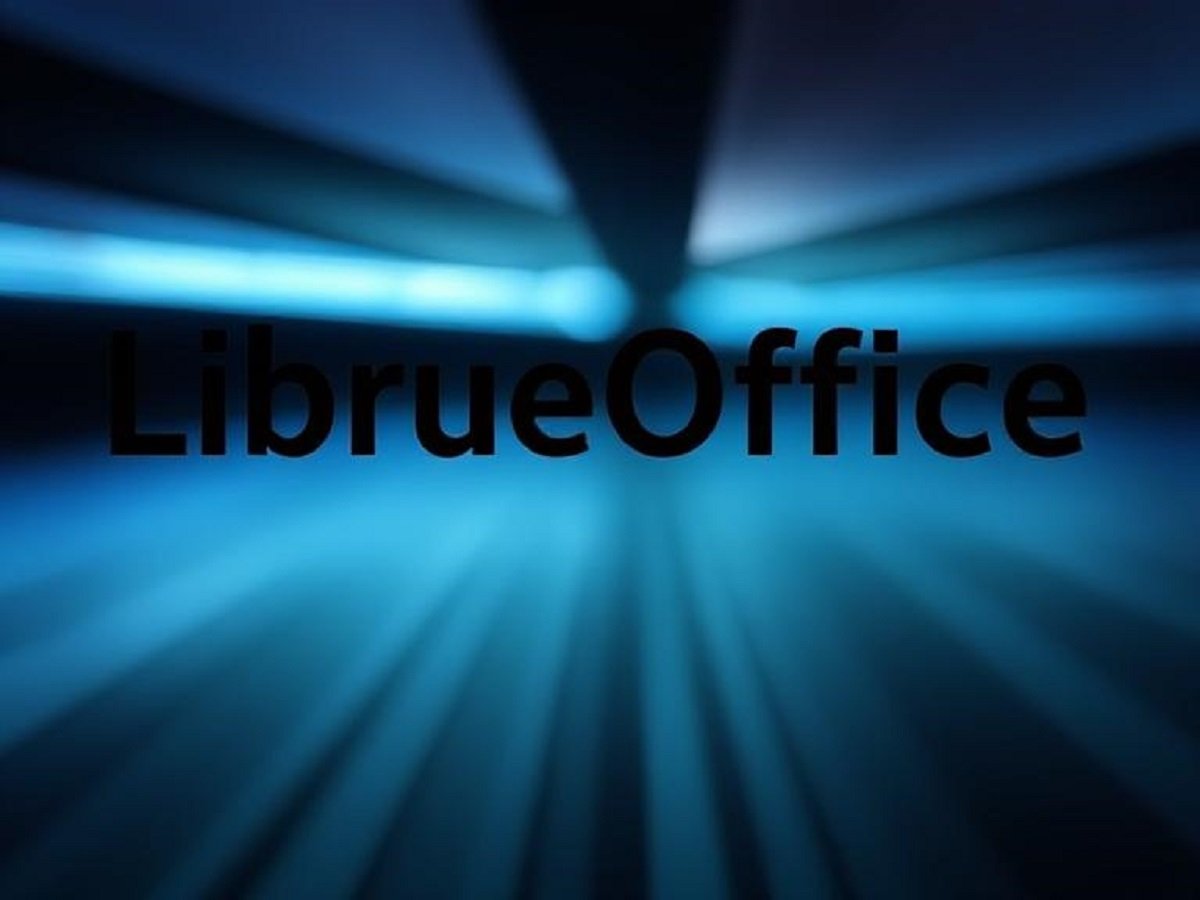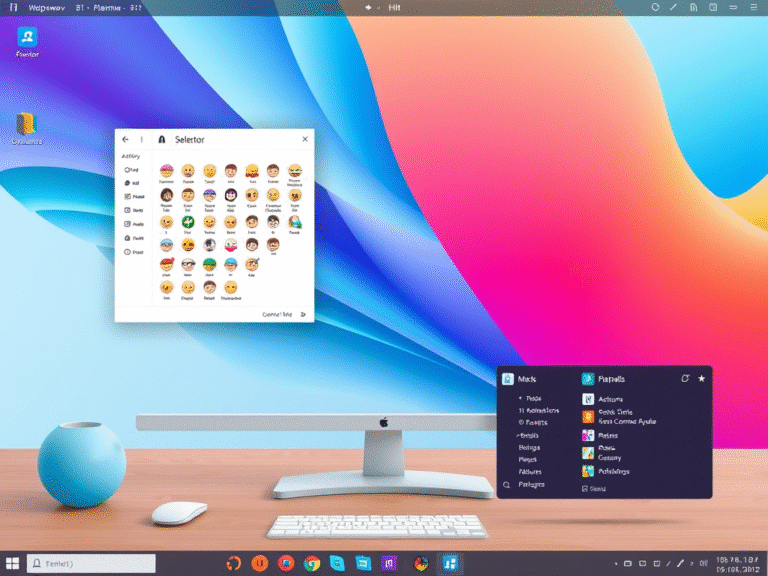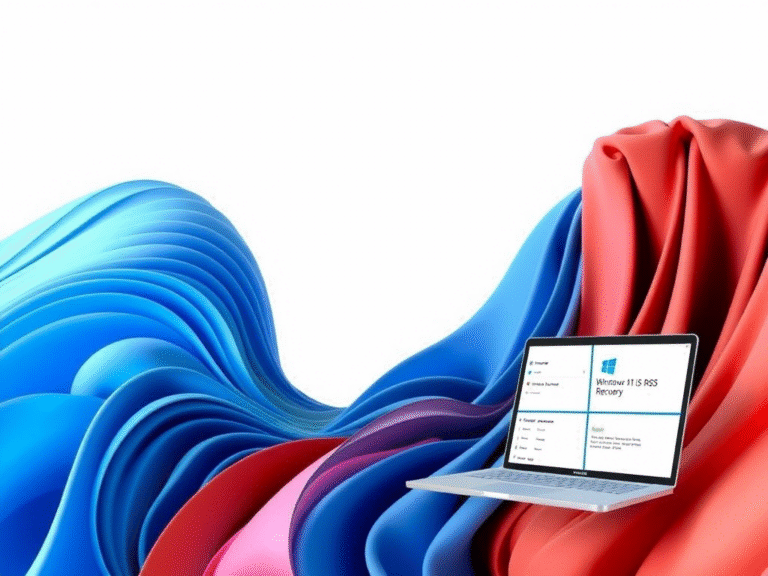
LibreOffice Challenges Microsoft Over Use of Complex Document Structures
The team behind LibreOffice , one of the most widely used open-source office suites, has once again taken a public stand against Microsoft , accusing the tech giant of using unnecessarily complex file formats to lock users into its Microsoft 365 ecosystem .
This isn’t just a casual critique — it’s a pointed accusation that Microsoft is intentionally making its file formats more complicated than they need to be , creating artificial barriers that make it harder for users to switch to alternative office software like LibreOffice.
📄 A Clash of Formats: ODF vs OOXML
To understand the issue, it helps to look at how both office suites store their documents.
LibreOffice uses the OpenDocument Format (ODF) , an open standard designed to be vendor-neutral. Files like .odt (for text documents) and .ods (for spreadsheets) are built around this format, ensuring transparency and long-term accessibility.
Microsoft , on the other hand, uses its own format called Office Open XML (OOXML) , which powers the well-known .docx, .xlsx, and .pptx files. While OOXML is also an open standard in theory, LibreOffice argues that its implementation is so overly complex and opaque that it becomes a major hurdle for competing software.
Interestingly, both formats are essentially ZIP archives under the hood. You can test this yourself by renaming a .docx file to .zip and extracting its contents — you’ll see the inner structure of the document, including XML files and metadata.
🔗 XML Was Meant to Be a Bridge — Not a Barrier
XML (Extensible Markup Language) is supposed to be a universal tool for structuring data , making it easier for different software to read and exchange documents. But according to LibreOffice, Microsoft is using XML in a way that defeats its purpose .
They describe it like this: XML should act as a bridge between systems , allowing for seamless interoperability. But Microsoft’s implementation of OOXML is so deeply nested, inconsistently named, and filled with optional elements , that it becomes nearly impossible for third-party developers to fully support the format.
LibreOffice compares it to a railway system where the tracks are open to everyone, but one company’s trains are built with such a complex and proprietary control system that no one else can build a compatible train. As a result, users don’t realize they’re being locked in — they just see a document that looks the same on screen.
🧩 Complexity as a Strategy
One example of this complexity is how even a simple sentence in a .docx file can become a maze of nested XML tags , making it difficult for non-Microsoft software to parse accurately. This isn’t just about technical difficulty — it’s about control .
LibreOffice also links this strategy to Microsoft’s push for Windows 11 , suggesting that there’s no strong technical reason for forcing users to upgrade. Instead, it sees the move as another tactic to keep users tied to Microsoft’s ecosystem , making it harder to switch to alternatives like Linux and LibreOffice.
🚀 Call to Action: Ditch Microsoft, Switch to LibreOffice
In light of these concerns, LibreOffice is urging users to consider migrating to open standards and open-source software . They argue that switching to Linux and LibreOffice gives users more freedom, better long-term document accessibility, and protection from vendor lock-in.
While Microsoft’s formats may dominate the market, LibreOffice is pushing back — and this debate over file formats is far from over.
💬 What Do You Think?
Do you think Microsoft’s file formats are genuinely complex for technical reasons — or is there an intentional effort to lock users in? Let us know in the comments below!





